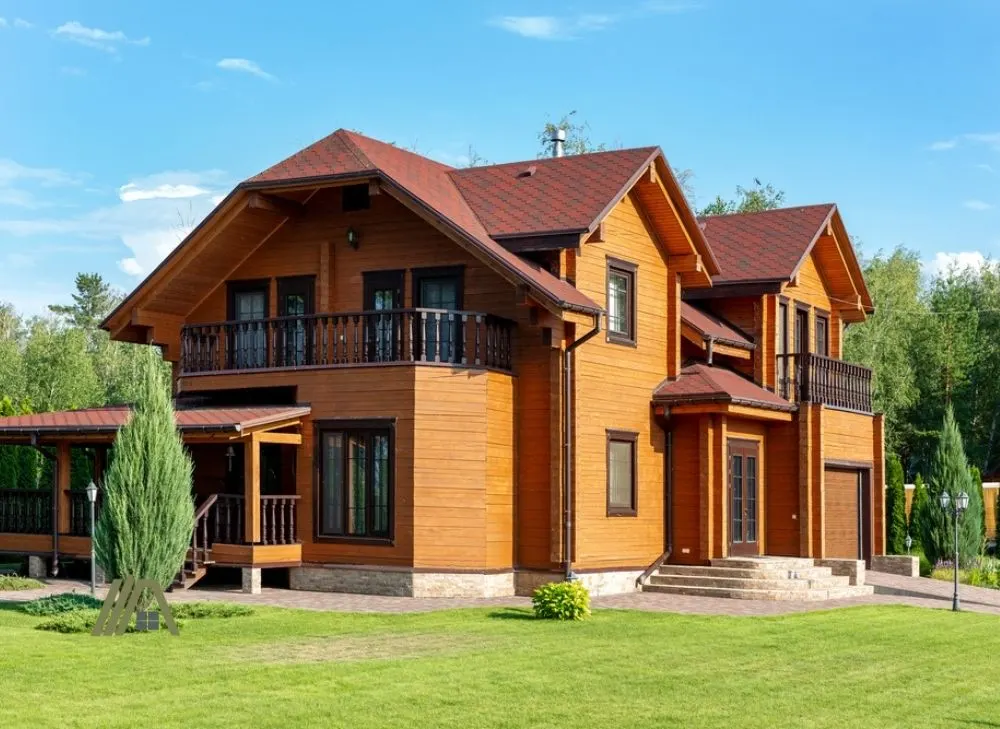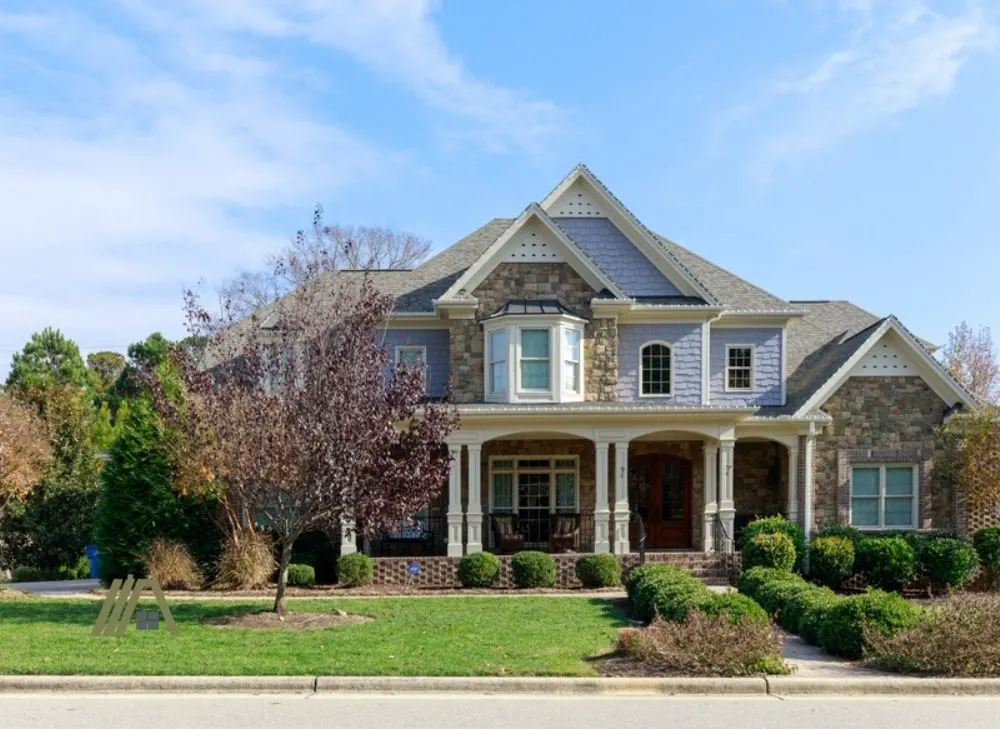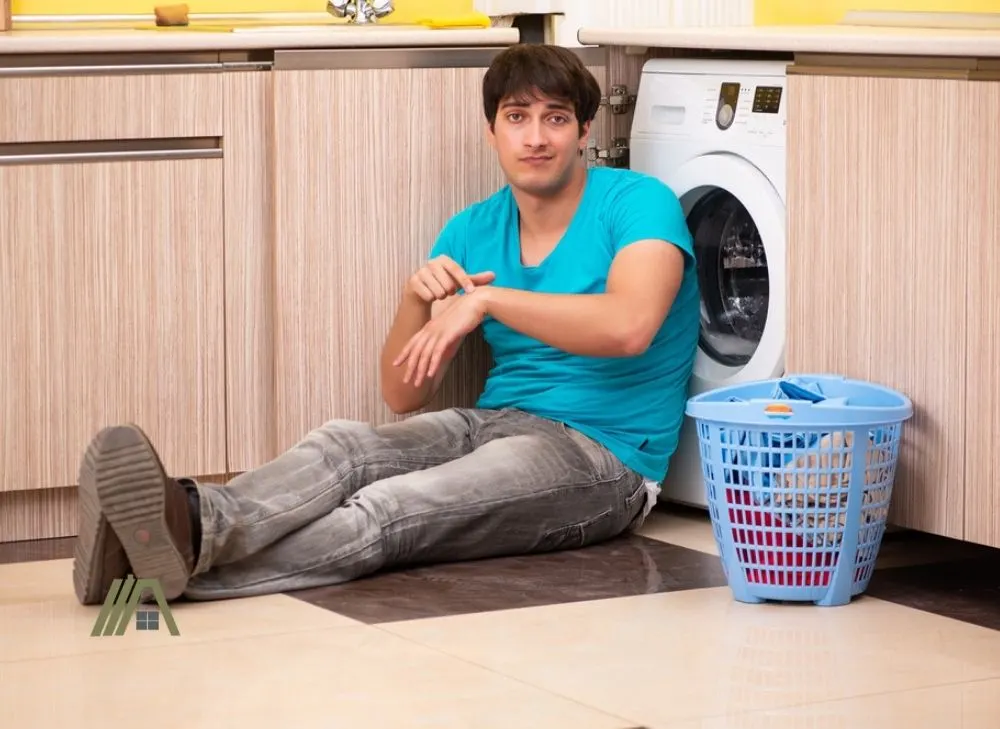You may have heard of the phenomenon of a dryer that you can place virtually anywhere in your home without the need for installing venting. Despite their popularity in some areas, ventless dryers are not really that common in the United States.

- Ventless dryers are new to US.
- American houses are made with wood. People are taught that dryer exhaust is a fire risk, so ventless units may seem more dangerous.
- The US has relatively large houses on average, which makes the compactness of ventless dryers unnecessary.
- Ventless dryers take longer to dry clothes.
1. Ventless Dryers Are Relatively New to the US
One reason that ventless dryers may not be ubiquitous to homeowners around the states is that they are still relatively new to the US. While most European homes are equipped with such appliances due to their ability to fit into smaller spaces, Americans are less aware of their existence.

Ventless dryers were first created in the late 1990s but it wasn’t until almost a decade later that they started gaining popularity in Europe in places like Switzerland and Germany in an attempt to combat the high energy costs.
The first few models of ventless dryers that were released might not have been very impressive to the US buyers, which could have created a negative image of them, creating a whole lot of myths about these appliances.
Unfortunately, the market may be suffering as a result because newer and better models that have been released, are not being given the chance to prove themselves. Americans may be wary of purchasing an appliance that has received such a bad rap in the past.
2. Wooden Houses Increase the Fire Risk
Unlike in other parts of the world where houses are made of brick and concrete, the US builds most of its houses out of wood, which can increase the risk of a fire breaking out and spreading from the dryer. If your house is made from wood, it may spread around the house, which succumbs to the flames a lot quicker.

Now, ventless dryers are not necessarily a greater fire risk than their vented counterparts but there may be a misconception about them. If you consider the fact that venting dryers have been promoted as being able to protect your home from lint-related fires, then it may be logical to assume that ventless dryers are dangerous.
However, this is not true. About a third of home fires are started due to lint build-up in the dryer itself, which is extremely common as lint falls from the clothes and garments you place in your machine.
Now, in vented dryers, when there is a build-up of lint in the heating element or exhaust vent, a fire may start if the heat from the dryer ignites the extremely flammable lint.
Ventless dryers have a filter mechanism to trap the lint (which can be easily removed to be cleaned) and there is less chance of any remaining lint igniting, particularly in heat pump dryers, because they use heat pump technology instead of heating elements to heat the air. Heat pump dryers, therefore, operate at much lower temperatures.
3. The US Has Larger Houses on Average
One of the most desirable aspects of a ventless dryer is that they are quite a bit smaller than vented dryers, which makes them well-suited for houses and apartments that are on the smaller side. They also have more flexible installations than vented dryers as no holes need to be made in the walls of your home to accommodate venting.

In European countries, where the average size home is between 300-500 square feet, it is understandable that these machines are popular. Europeans are able to fit the dryers wherever they can make the space, which means they have more flexibility when it comes to this. They also don’t have to rely on leaving the house and paying at a laundromat to dry their clothes.
On the other hand, most US homes are, on average, 2000 square feet! The common ‘larger than life’ concept is synonymous with the US, where citizens are able to build larger houses for cheaper as building items are being massed produced, making this possible.
A lot of Americans also consider their houses to be a financial asset and not just a private dwelling, so they may strive to align them with the ‘bigger is better’ motto.
Where space is not an issue, perhaps Americans don’t need to consider their alternatives for a smaller dryer. However, if people in the US come to realize the benefits of the ventless dryer, there could be an increase in the number of US homes that house these appliances.
4. Ventless Dryers Have a Longer Drying Time
Another reason that ventless dryers may not be very common in the US is that they tend to have a longer drying time than vented dryers. Where vented dryers may take under an hour to dry a load, ventless dryers are known to take at least double that amount of time.
This is because the technology in a ventless dryer is not as efficient as vented dryers. Remember that I spoke about them operating at lower temperatures. Well, this does mean it will take longer for the water to evaporate from your clothes.

Since ventless dryers are smaller in size, they also have smaller load capacities, which means you may have to split up your single washing load into two separate loads for the dryer. This doubles the amount of time you will be waiting for your clothes to dry.
It is no secret that Americans appreciate speed and efficiency and while they are not the only country in the world to value these things, they have been predominantly using vented dryers, which are known to be faster.
People may be reluctant to change to an appliance that will run for a longer period of time if there is nothing wrong with the functioning of their current vented dryer.
Because ventless dryers are so uncommon in the US, well-known and large appliance manufacturers like Whirlpool will have limited ranges to choose from and the smaller manufacturers might not sell any.
Sources
https://www.reviewed.com/laundry/features/everything-you-need-to-know-about-ventless-dryers
https://toddtalbot.ca/ventless-dryers-breaking-the-myth/
https://www.theatlantic.com/family/archive/2019/09/american-houses-big/597811/
